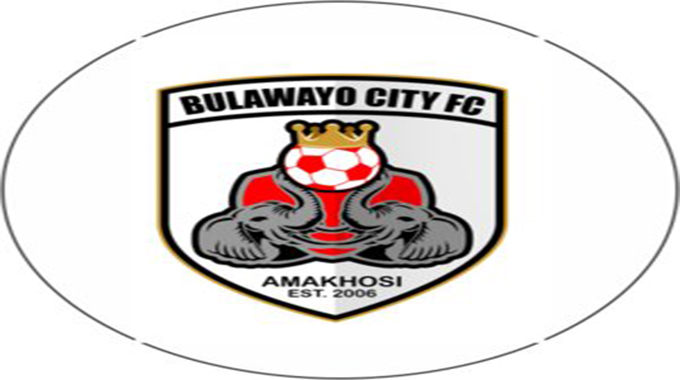The heritage of Bulawayo

Todini Runganga
Heritage is a wide concept which talks to that which humanity deem of value and worth protecting for posterity. On one end heritage can be material things which range from artefacts, built monuments and works of art such as paintings, sculptures, photographs and books.
On the other, heritage can be immaterial or intangible elements of society such as oral tradition, rituals, dances, music, skills and histories.
However, heritage has become a broad concept to also include our natural environment, such as, forests, animals, water bodies and geological formations. Therefore, heritage becomes that which shapes our society. It frames our relations and our resource consumptions.
Heritage also comes at different levels in society. It can be personal such as family diaries, photographs, old cars, family trees, houses, the list is endless.
Individual see value in such items and retain them for their children or generations to come. Heritage can also be shared by a society, where a community see a common value in certain elements such as belief systems, places of worship, works of art and sacred pools among others.
The value of heritage can also go beyond a given community and appeal to a nation or country. In Zimbabwe national heritage places are protected by a parastatal, National Museums and Monuments of Zimbabwe, under the Ministry of Home Affairs and Cultural Heritage.
Further than a nation, heritage can also appeal to the international communities, where material heritage can be considered to have Outstanding Universal Value (in Zimbabwe we have five sites on the list- Victoria Falls, Matobo Cultural Landscape, Mana Pools, Great Zimbabwe and Khami Monuments), and for intangible heritage there is a concept of Representative List of the Intangible Cultural Heritage of Humanity (in Zimbabwe we have Mbende Jerusarema dance).
Heritages around Bulawayo
Bulawayo is the second largest city in Zimbabwe and is rightly considered as “the heritage heartland” of the country. The modern Bulawayo town is laid on multi-layers of history and heritage.
Archaeological studies postulates that lands around the city have been occupied by humanity for more than 15000 years. The wide distribution of rock art sites in suburbs such as Fortunes Gate and Hillside are a testimony. Studies have shown that the rock paintings are approximately 15000 years old.
At Khami Waterworks there is evidence which show that the area was occupied about 20000 years. It was occupied by hunter-gatherers, a people who were using stone as the main tool and had not mastered mining or farming.
After the Stone Age and rock painting generation, the same lands were occupied by iron using people and the period is referred to as Iron Age Period. This period was in existence for the last 1100 years.
These were earliest farmers who cultivated some of today’s recommended health foods such as millet, rapoko and sorghum.
They mined both iron and gold and exploited ivory. They established some of the most beautiful and well organised urban centres such as Khami monuments.
The attractive and principal components of this early urban centre are the magnificent stone wall built without mortar or any binding substance and numerous earthen structures.
Khami is a World Heritage Site and is 23km west of Bulawayo. Hillside area is also awash with evidence of the occupants of khami urban centre, whose influence is argued to have spread into north parts of Botswana and South Africa.
In 1840, a powerful Ndebele state was also established and dominated south-western Zimbabwe. Its capital was moved to a place now known as Old Bulawayo in 1870, by King Lobengula, the son of King Mzilikazi.
The royal family occupied a considerable size of land including the Hillside Dams- an area which was used by the king as an outlying village.
The area was also a preserve of medicinal plants for the King. In 1881, King Lobengula moved his residence to eMahlabathini, approximately 10km north of modern city Bulawayo in Sauerstown.
The long history of the Ndebele kingdom is also enshrined in names of residential areas such as Nkulumane (King Mzilikazi’s son), Njube area was named after King Lobengula’s son, Tshabalala after totem of King Lobengula’s mother and Sizinda one of the army regiments.
After establishment of colonial rule by the British in 1890, another heritage emerged in Bulawayo. The main one being the establishment of the modern Bulawayo City we see today.
The cityscape of Bulawayo is marked with outstanding buildings designed after international architectural styles. The styles range from Victorian to Gregorian, Regency to Edwardian, the city retains almost all architectural styles.
These styles are reflected on community centres such as Drill Hall, churches and cathedrals – St Marys Cathedral, Methodist Church, trade buildings – such as CBZ, Barclays, Standard Chartered Bank among others.
The City Hall is another outstanding building in the city.
The modern city of Bulawayo also takes pride in its liberation struggles narrative. Places such as Makokoba, Stanley Hall, Mcdonald Hall, Mzilikazi speak to the genesis of the liberation struggle.
The names of the heroes of the struggle are also reflected on streets. Streets which come to mind are Joshua Nkomo Street, H. Chitepo, L. Takawira and many others.
The people of Bulawayo celebrate their values in a variety of ways. African townships- such as Makokoba boast of a variety of music, particularly jazz.
Places such as eMkambo where genius skills which range from traditional craftsmanship and herbal knowledge are showcased.
Makokoba has also produced a rare breed of athletes such as footballers. Ingwebu keeps people in Bulawayo talking, forming and mending relations!.
Heritage keeps the people going. It allows us to share a common treat which keeps us together. It shapes our narratives which built respect for each other.
It gives us ubuntu- the honour for each other. This heritage and many more have kept Bulawayo going. Heritage is a product which re-shapes and allows us to re-imagine Bulawayo beyond now.












Comments